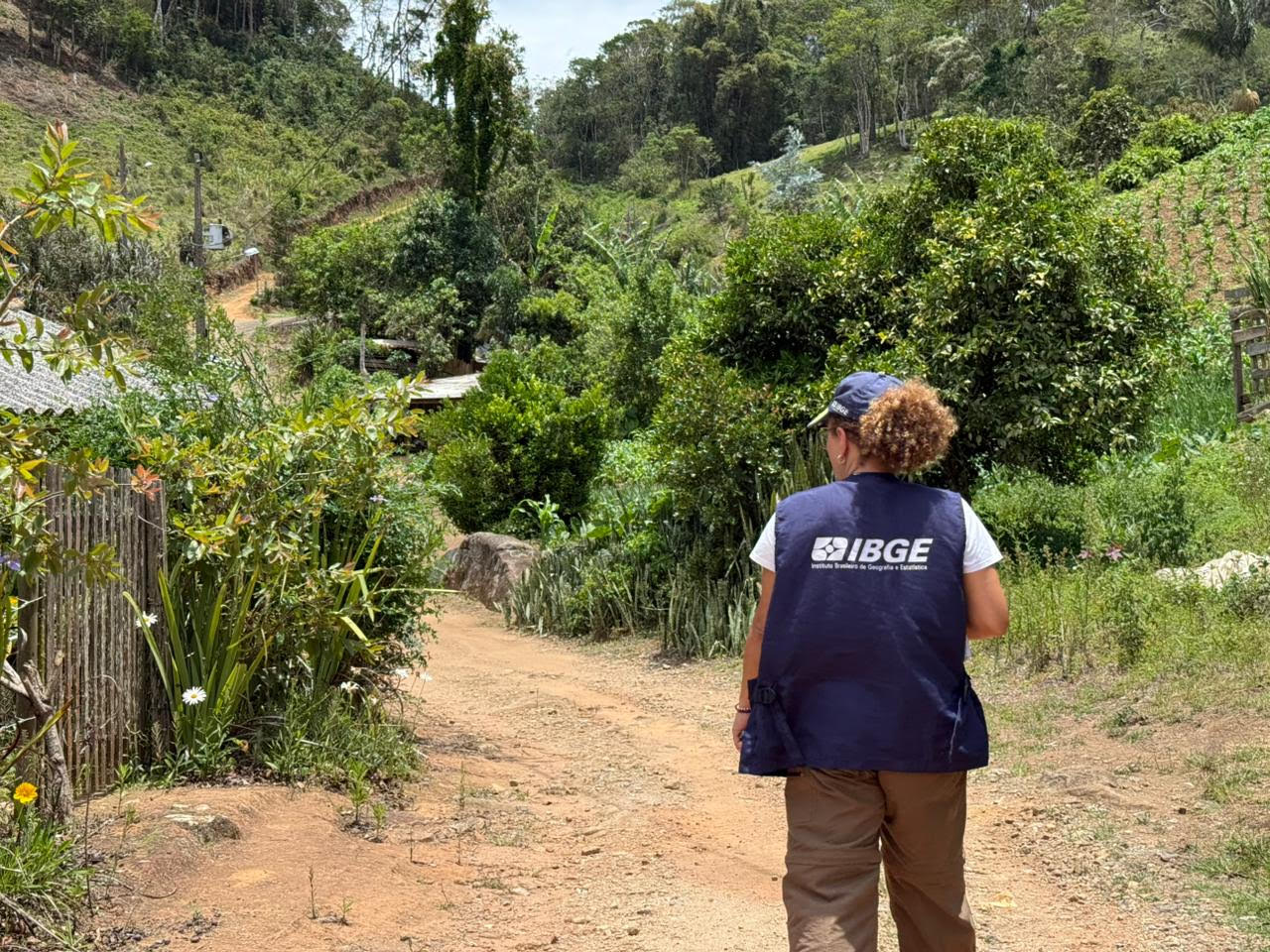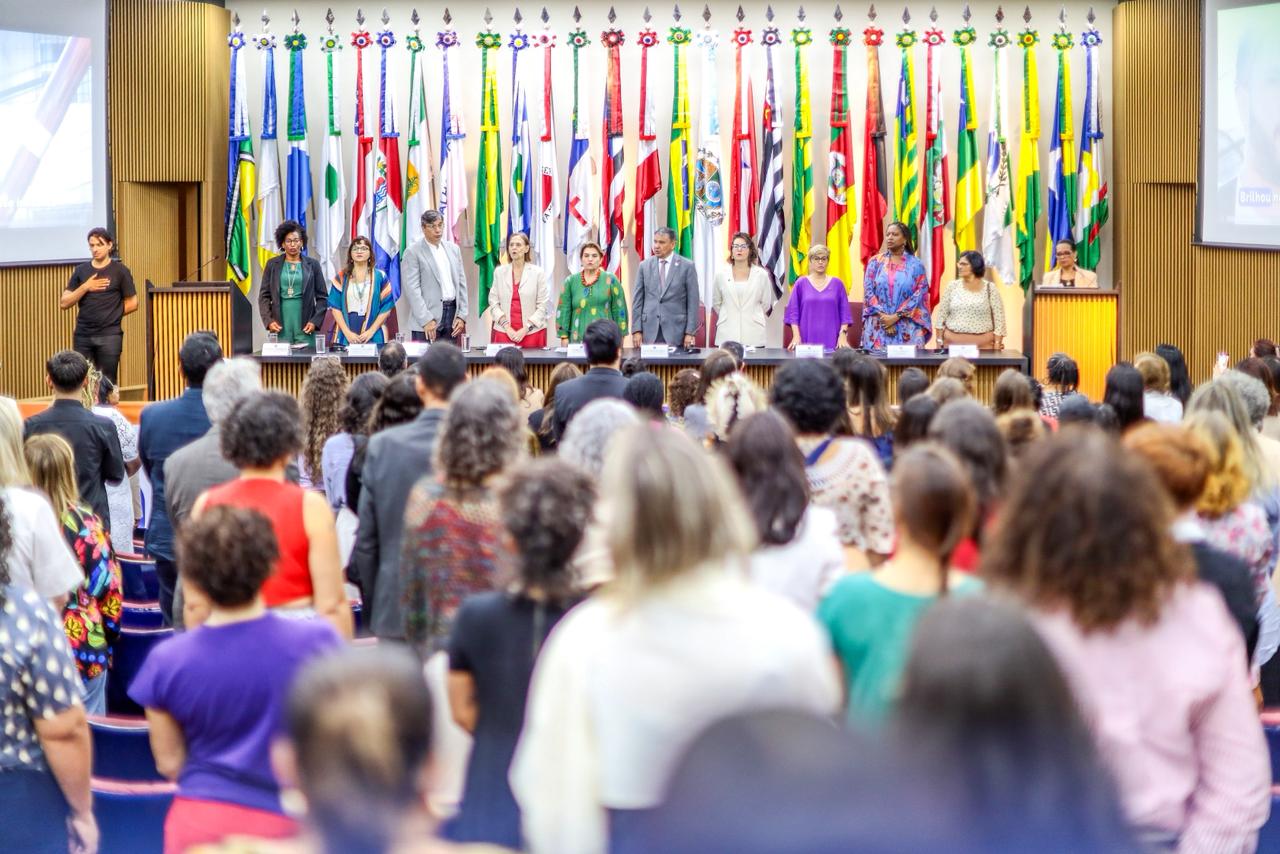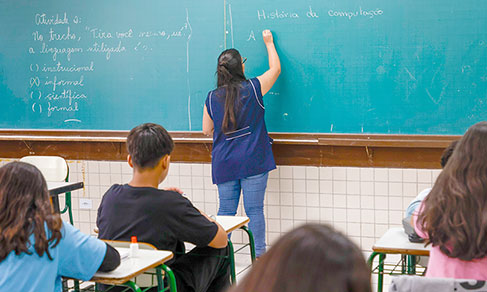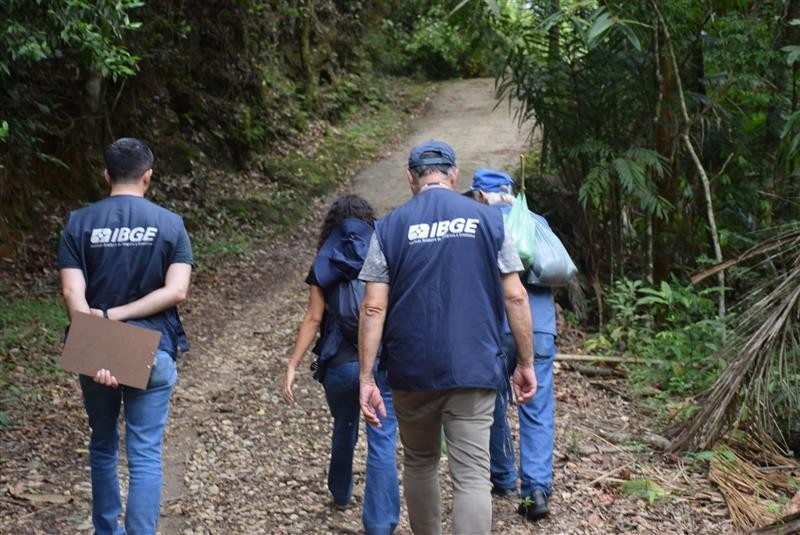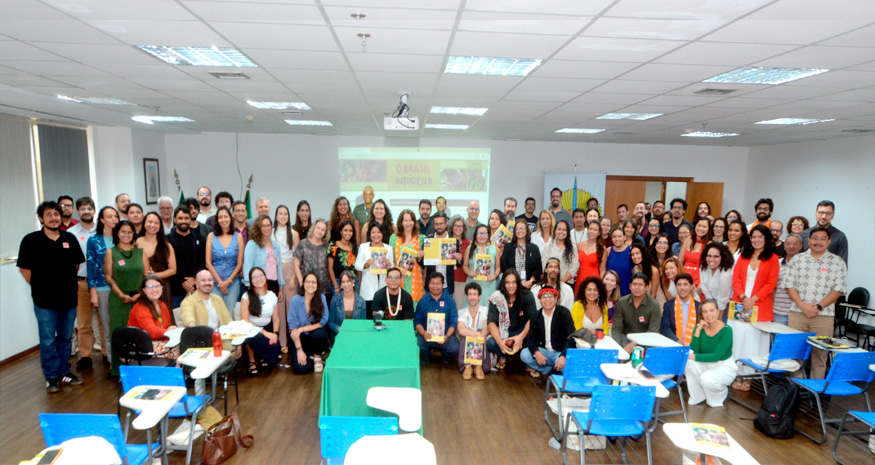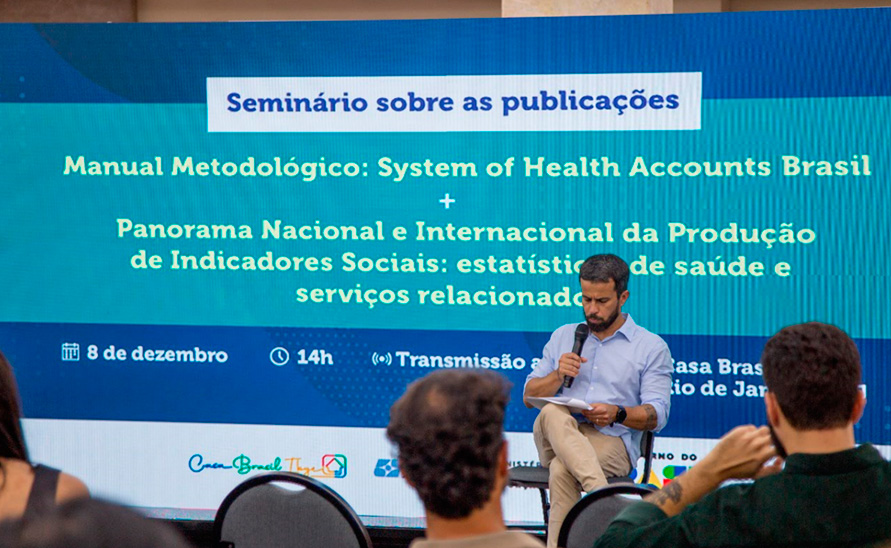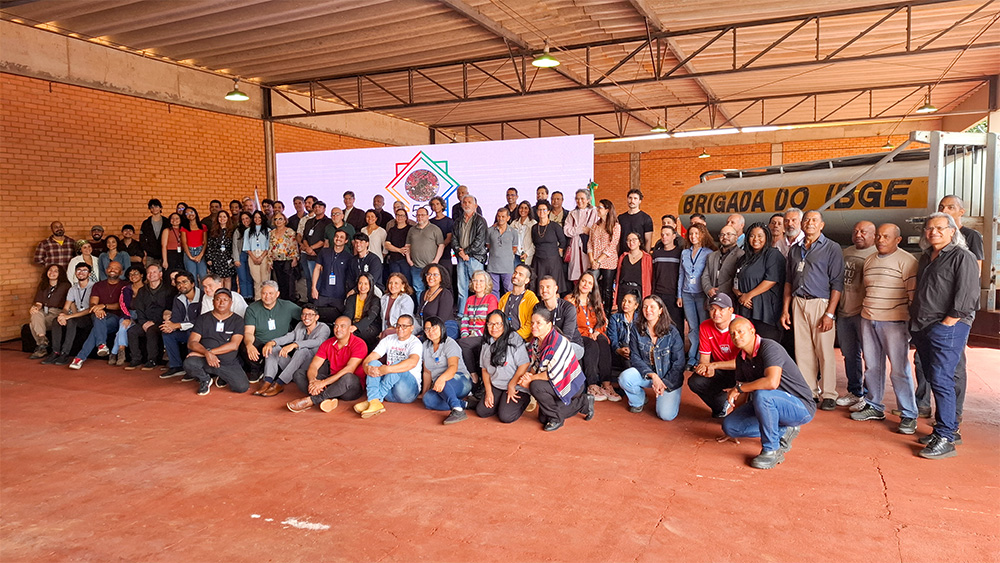2022 Census
2022 Census: for the first time, less than half of the families in Brazil are composed of couples with children
November 05, 2025 10h00 AM | Last Updated: November 05, 2025 04h22 PM
Highlights
- In 2022, for the first time, families formed by couples with children represented less than half of the total number of families in the country. The percentage of this type of composition dropped from 56.4%, in 2000, to 42.0% (or 24.3 million) of the total families in 2022.
- In the same period, couples without children were the type that increased the most, with a change from 13.0% in 2000 to 24.1% (or 13.9 million) in 2022.
- In 2022, Brazil had 72.3 million domestic units, of which 13.6 million were of the single person type and 57.8 million had two or more related persons, that is, were formed by families.
- In 2022, among the 57.8 million families in Brazil, 54.6 million (or 94.5%) were a single family and 3.2 million (or 4.5%) were two of more families together, called cohabiting families. The total of these cohabiting families reached 6.6 million in 2022.
- The proportion of women without a spouse and with children in the total of domestic units went from 11.6% in 2000 to 13.5% (or 7.8 million) in 2022. The percentage of men without a spouse and with children went from 1.5% to 2.0% (or 1.2 million, in 2022), in the period.
- From 2000 to 2022, the number of domestic units tripled, and changed from 4.1 million to 13.6 million (or 19.1% of the total housing units in Brazil).
- In 2022, the 13.6 million single person domestic units in the country were inhabited by 6,837 million men and 6.784 million women.
- From 2000 to 2022, the percentage of families with a male householder dropped from 77.8% to 51.2%. The percentage of families with a female householder increased from 22.2% to 48.8%.
- Between 2000 and 2022, the percentage of householders without schooling or with incomplete primary education dropped from 66.1% to 34.7%, whereas the percentage of householders with a higher education degree went from 6.3% to 17.4%.

Of the 72.3 million domestic units enumerated in 2022, 13.6 million (or 18.8%) were of the single person type, that is, had persons that lived alone. Another 58 million (or 79.8%) domestic units consisted of two or more related persons, in different configurations, and had a total of 61.2 million families living in them.
| Domestic units, by type, according to Major Regions - Brazil - 2022 | |||
|---|---|---|---|
| Major Regions | Domestic units in private housing units | Total number of families in domestic units with two or more related persons | |
| Type | |||
| Single person | 2 or more related persons | ||
| Brazil | 13,620,844 | 57,769,174 | 61,184,987 |
| North | 738,638 | 4,381,995 | 4,867,714 |
| Northeast | 3,227,231 | 15,363,128 | 16,400,131 |
| Southeast | 6,329,982 | 24,397,983 | 25,615,201 |
| South | 2,212,109 | 8,987,630 | 9,416,358 |
| Central West | 1,112,884 | 4,638,438 | 4,885,583 |
| Source: IBGE, Censo Demográfico 2022. | |||
In 2022, among households with related persons, 94.5% had only one family, whereas 5.5% were the homes of cohabiting families. These were composed of the main family, the one responsible for the household, and by one or more secondary family nuclei.
The data come from the 2022 Census: Nuptiality and Family: Preliminary sample results, released today (5) by the IBGE. The launch will start at 10 am at Prof. Jouberto Uchôa Memorial, in Sergipe, state of Aracaju (SE). It will be streamed on Digital IBGE. Information will be available on the IBGE website and on platforms such as SIDRA and the Census Overview. Read also the news on nuptiality.
A couple without children was the family configuration that grew the most
In 2022, for the first time, single or cohabiting families composed of couples with children represent less than half of the total families in the country. From 2000 to 2022, the percentage of this type of configuration decreased from 56.4% to 42.0% of the total families (or 24.3 million, in 2022). A couple without children was the family configuration that increased the most, with a change from 13.0% to 24.1% (or 13.9 million, in 2022) in the same period.
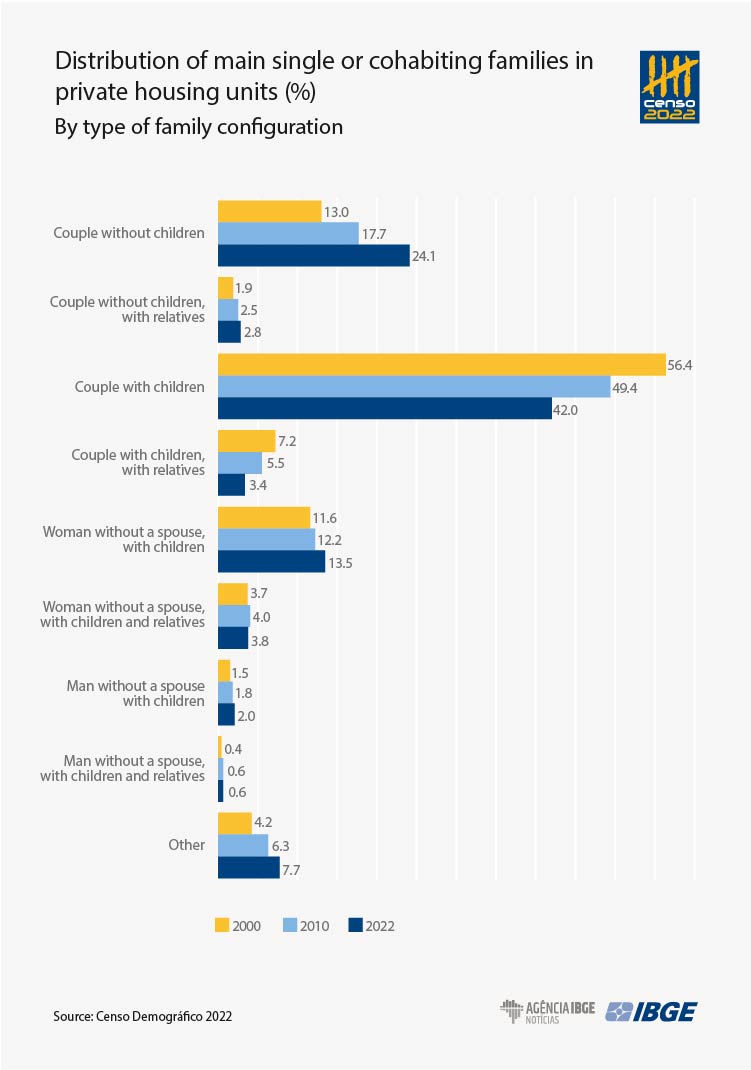
The biggest percentage of families composed of couples with children is in the North Region, due to its traditionally higher fertility rates. In this same reason, there is a bigger percentage of arrangements composed of other relatives, that is, extended families. Single parenthood among women has a higher prevalence in the Northeast, whereas couples without children are most frequent in the South.
Women without a spouse and with children amount to 7.8 million in 2022
The 2022 Census detected that the country had about 7.8 million women taking care of their children without the presence of a spouse or other relatives. This family composition was found in 11.6% of the families, and, in 2000, this proportion increased to 13.5%, in 2022.
Another form of single parenthood, men without a spouse and with children, increased from 1.5% to 2.0% in the period, and reached 1.2 million in 2022.
Also, there are families composed of women without a spouse or children, but with other relatives, representing 3.8% of the total number of families in 2022. In 2000, the percentage was slightly lower (3.7%). The proportion of families composed of men living with their children and without a spouse changed from 0.4% in 2000 to 0.6% in 2022.
Brazil had 13.6 million domestic units with one person
From 2000 to 2022, the number of people in single-person domestic units, that is, persons living alone, increased from 4.1 million to 13.6 million. The latter figure is equivalent to 19.1% of the total domestic units (single person and cohabiting families altogether), or one out of five. In 2010, single-person domestic units made up 12.2% of the total.
In 2022, considering the sex of residents, 6,837 million single-person units were inhabited by men and 6,784 million, by women. Approximately 76.2% of the residents of single-person domestic units were 40 years of age and over, and 41.8% of them were older adults, that is, aged 60 and over.
Between 2000 and 2022, proportion of families with a female householder increased from 22.2% to 48.8%
The Censuses indicate another important cultural change in Brazilian society: from 2000 to 2022, the percentage of families with a male householder dropped from 77.8% to 51.2%.The percentage of families with a female householder went from 22.2% to 48.8%.
Possible reasons accounting for this increase are the change and consolidation of cultural values regarding the role of women in the Brazilian society. Massive participation in the labor market and the increased completion of higher education added to a reduction in fertility figures are possible contributors to the recognition of women as the head of household.
Another indicator of the level of education of householders evidences the gradual increase of schooling among the Brazilian population, in recent decades. Between 2000 and 2022, the percentage of householders with no schooling or with incomplete primary education dropped from 66.1% to 34.7%. The percentage of householders with a higher education degree went from 6.3% to 17.4%, in the same period.
More about the survey
The 2022 Population Census: Nuptiality and Family: Preliminary sample results - presents information relative to nuptiality of persons aged 10 and over, disaggregated by marital status and type of relationship, besides household data according to existence of cohabiting families, number of members and family configuration.
The results are also disaggregated by age, sex, color or race, groups of reported religions, level of schooling and per capita income ranges and will be available for Brazil, Major Regions, states and municipalities and other geographies starting at the municipality level.



